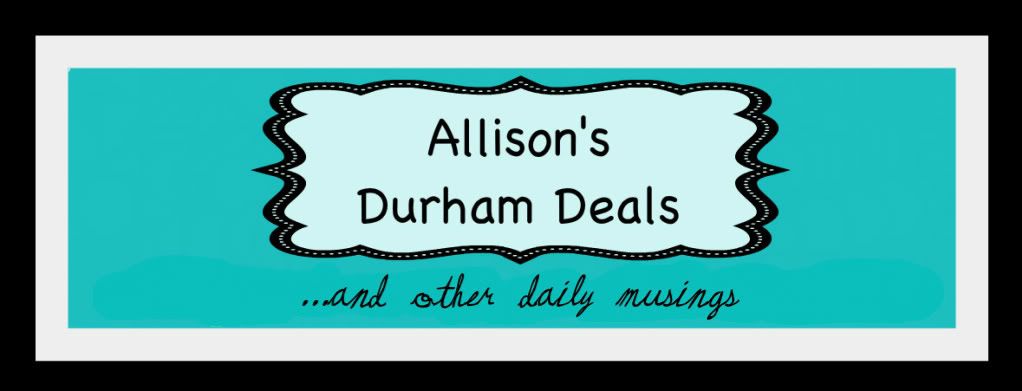I've quickly come to understand that the couponing world is full of rules, both written and unwritten. As the coupon gurus have taught me, one of the most important rules is carefully reading and adhering to the fine print on coupons, so before we get into coupon planning and shopping trips, let's talk a little about coupon fine print.
Things You Might Notice...
- Expiration Date - This tells you the last possible date you are able to use this coupon in stores. After that date, it will no longer be accepted by retailers. You'll find the expiration date at the top of the coupon.
- Do Not Double or Triple - Some grocery stores will "double" a coupon by matching the discount amount. Some coupons, though, specifically state that the store should not double the coupon. If you have a coupon for $0.40 that states, "Do Not Double," and you bring it to a store like Kroger where they double up to $0.50, don't expect the extra savings, though sometimes, these coupons will automatically double anyway.
This coupon specifically states that retailers should not double it. It expires on 1/31/2012.
- Limit of ____ Like Coupons Per Shopping Trip - Read this number carefully. Procter & Gamble coupons almost always state a limit of 4 like coupons per trip. This rule is in place to limit hoarders, who would come with dozens of like coupons in hand, ready to clear a shelf of sale items. If you want to use more than four of the same exact coupon, you'll have to go to another store or come back another time.
- Limit One Coupon Per Purchase - This DOES NOT mean that you can only use one coupon for your entire cart or basket. This wording means that you may have one coupon per item (purchase). If I am buying two bottles of the same shampoo (two purchases), I am allowed one coupon for each bottle. If I am only buying one bottle, I may not use two manufacturer coupons.
- Limit Open Coupon Per Transction - This statement means that you may only use ONE of the coupon each time you pay. If you want to use more, you will have to pay and ring up a separate transaction. I have seen limits like this when using Target store coupons.
- Words indicating the number and type of product that must be purchased - Some coupons will, for example, specify that the coupon is for $1.00 off two or three of the same product. When using such a coupon, be sure to buy the stated number of products, or the coupon will not go through.
This coupon indicates that you must buy two boxes to save $0.75.
- Exclusions - The coupon might state specific items that cannot be discounted using the coupon. A common exclusion is trial sized items. It seems that many companies have become privy to the fact that shoppers were scoring tons of free items by using $1 and $2 off coupons on trial sized items, like toothpaste, shampoo, and laundry detergent. If a coupon does not state a size restriction, you can technically use the discount on any size product.
If you look carefully at the bottom right corner , you'll see that this coupon excludes trial size items. Funny thing is, I found this image on a site that was telling readers to use it to score a free trial size lotion. Tisk, tisk. :)
Some of these rules might seem a bit ridiculous, but misuse of coupons is a major reason many stores are cracking down and limiting coupon use. If you want to continue (or start) saving, it would be best to be a rule follower! :)





No comments:
Post a Comment